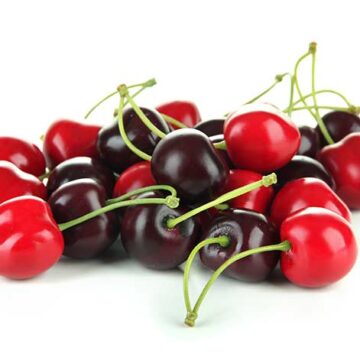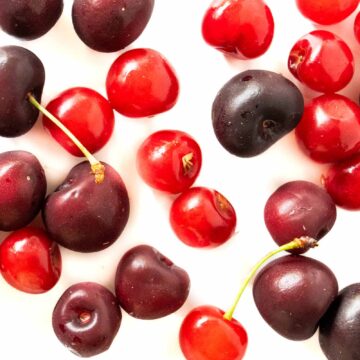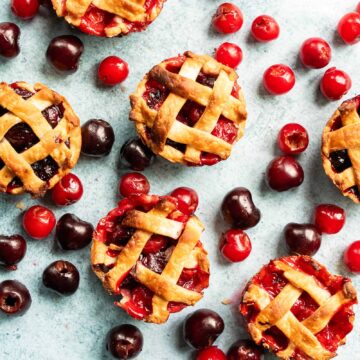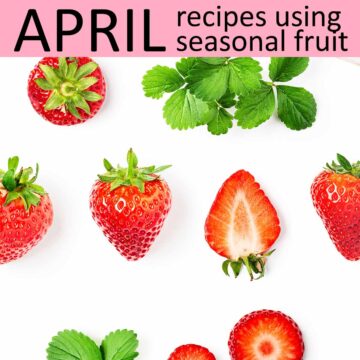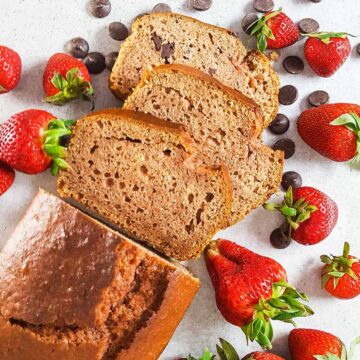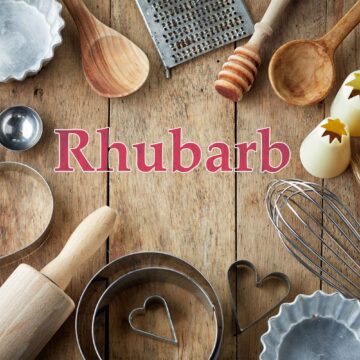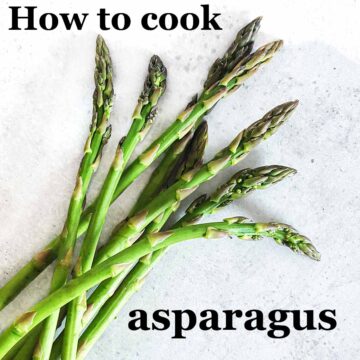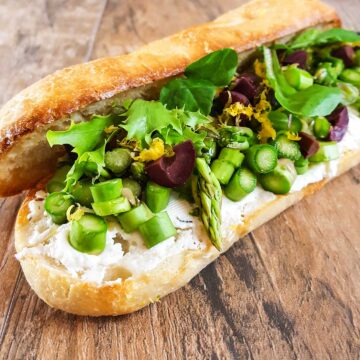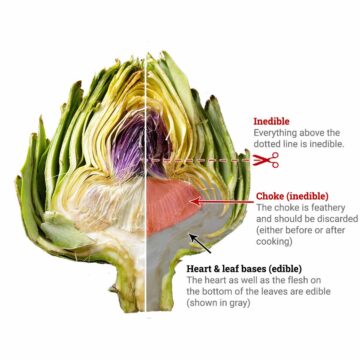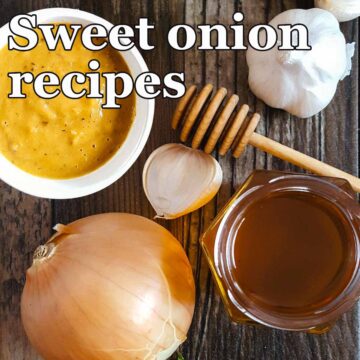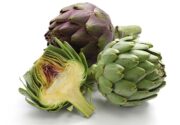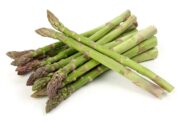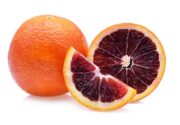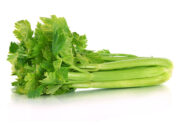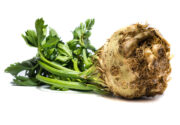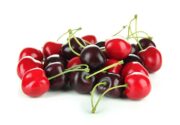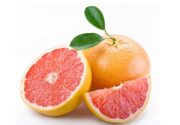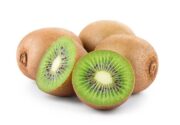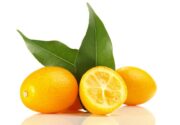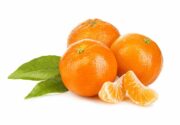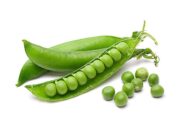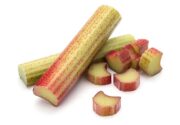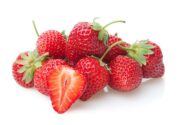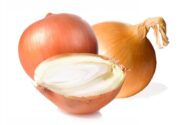Spring fruits and vegetables come into season with the warming April weather. This month look for asparagus, artichokes, peas, and sweet onions in the produce aisle or your local farmers market. In most places, you'll also be able to find early season cherries, strawberries, and rhubarb.
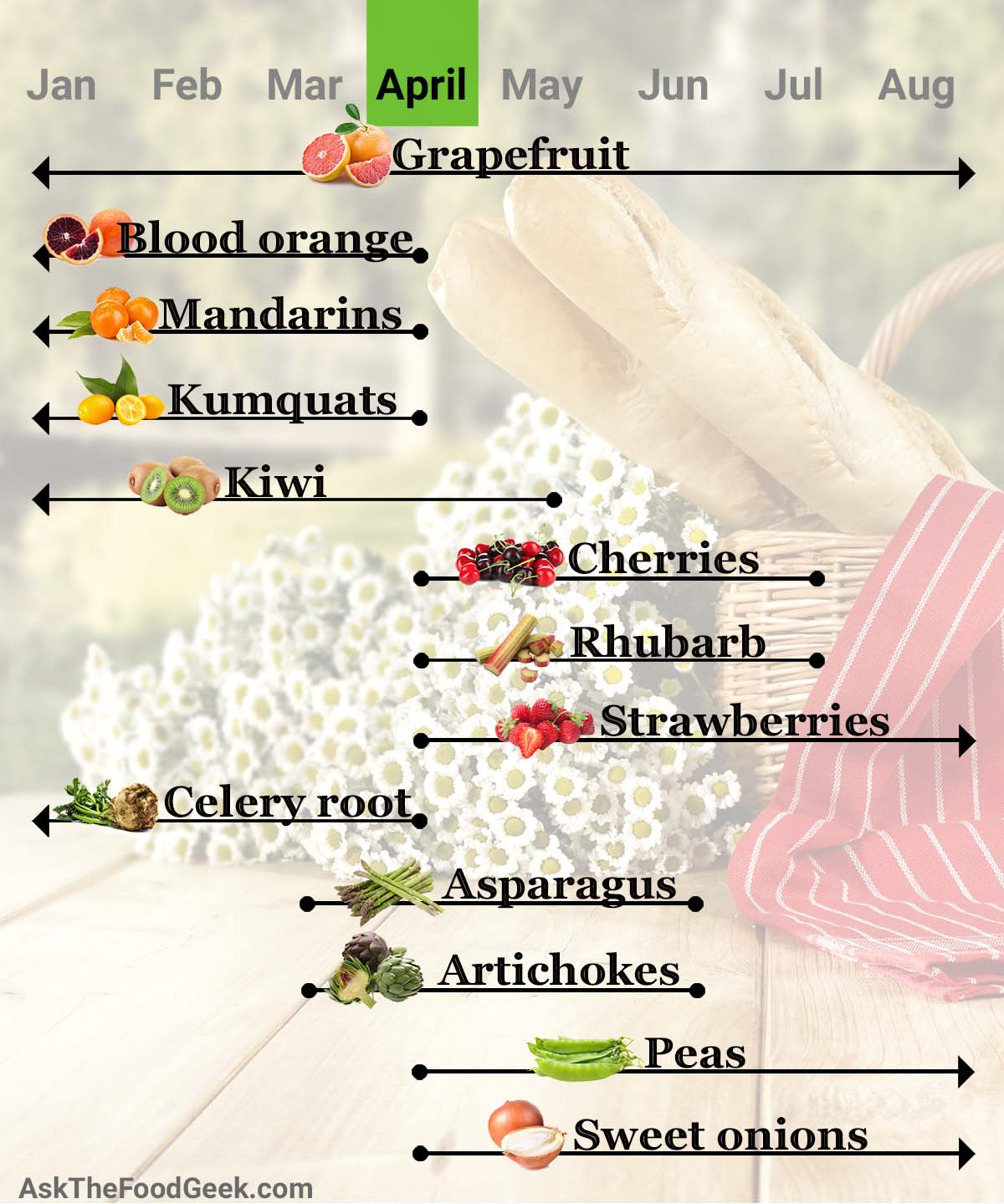
Jump to:
What fruits are in season in April?
April marks the end of a lot of citrus varieties (mandarins and kumquats). Grapefruit are available most of the year, thanks to the climate differences between California, Texas, and Florida.
We start to see the first spring fruit show up this month: cherries and strawberries. Rhubarb is also in season, and while it's technically a vegetable, it's treated as a fruit for culinary purposes.
Cherries
Cherry season is actually quite short, so keep an eye out for them at the farmers market while you can. In warmer climates, start looking for them now, however their peak season can be as late as June or early July in cooler climates.
They'll be available at grocery stores nationwide, however, because they ship fairly well compared to most fruit. This means that cherries imported from other states will still have good flavor.
Sour cherries are great for pies, but they aren't in season until June (unless you buy them frozen).
Strawberries
Warmer climates can enjoy locally-grown strawberries this month, but they won't be in season in cooler climates until May or even June. If you want strawberries with good flavor, it's worth waiting until they are in season near you and you can buy them from a local market.
Strawberries shipped in from other states need to be picked while still hard and unripe, preventing them from developing their full flavor (or any flavor at all sometimes!). They are picked when their color is still mostly white, but they continue to turn red after harvest. Unfortunately, this makes it incredibly difficult to know if strawberries from the store will have flavor.
Early strawberries may be also greenhouse grown (which is fine, but often lack flavor), so visit a farmers market or UPick to get better flavored ones.
Rhubarb
Rhubarb is so tart, it's sour. If you've ever eaten it raw, you'll know exactly what I'm talking about. But once it's cooked and paired with complementary foods, this fruit-masquerading vegetable adds depth and intrigue to recipes.
Rhubarb is often added to sweet recipes to balance out the sugars, like strawberry-rhubarb pie or a streussel-topped quickbread. But it can also be used in savory recipes like sweet & sour pork or with grilled meats.
Recipes
I gathered a whole bunch of recipes for cooking with fruit in April. It includes recipes like strawberry tiramisu, rhubarb donuts, and salmon with kiwi salsa.
What vegetables are in season in April?
April also brings in other produce for the season: spring vegetables like artichokes, asparagus, peas, fresh local herbs, and edible flowers (nasturtium, pansies, and chive blossoms). I've highlighted some of the best vegetables you'll find this month.
Asparagus
Asparagus is the quintessential spring vegetable and shows up in grocery stores in March, where it's usually shipped in from California. It ships well but loses flavor quickly after harvest. But this month, you should be able to start finding local sources.
The best option is to buy them from a farmers market where they were likely harvested that day. Freshly harvested asparagus is higher in sugar and has a better flavor and texture.
Thin asparagus spears are great for steaming and sauteing, whereas thicker spears hold up better to the high heat of grilling and roasting. See all of the different ways to cook asparagus and the best recipes for using them.
Interested in growing your own asparagus? Check out my garden guide that explains exactly how asparagus grows and the best varieties for your region.
Artichokes
Artichokes are a Mediterranean vegetable, which means the US production is limited to the mild pars of California. But they ship well enough, so the rest of us can enjoy them as well.
Look for artichokes with tightly closed tips. Open leaves are a sign it's overripe. For more information on artichokes, visit my seasonal artichoke guide and tips on how to cook artichokes.
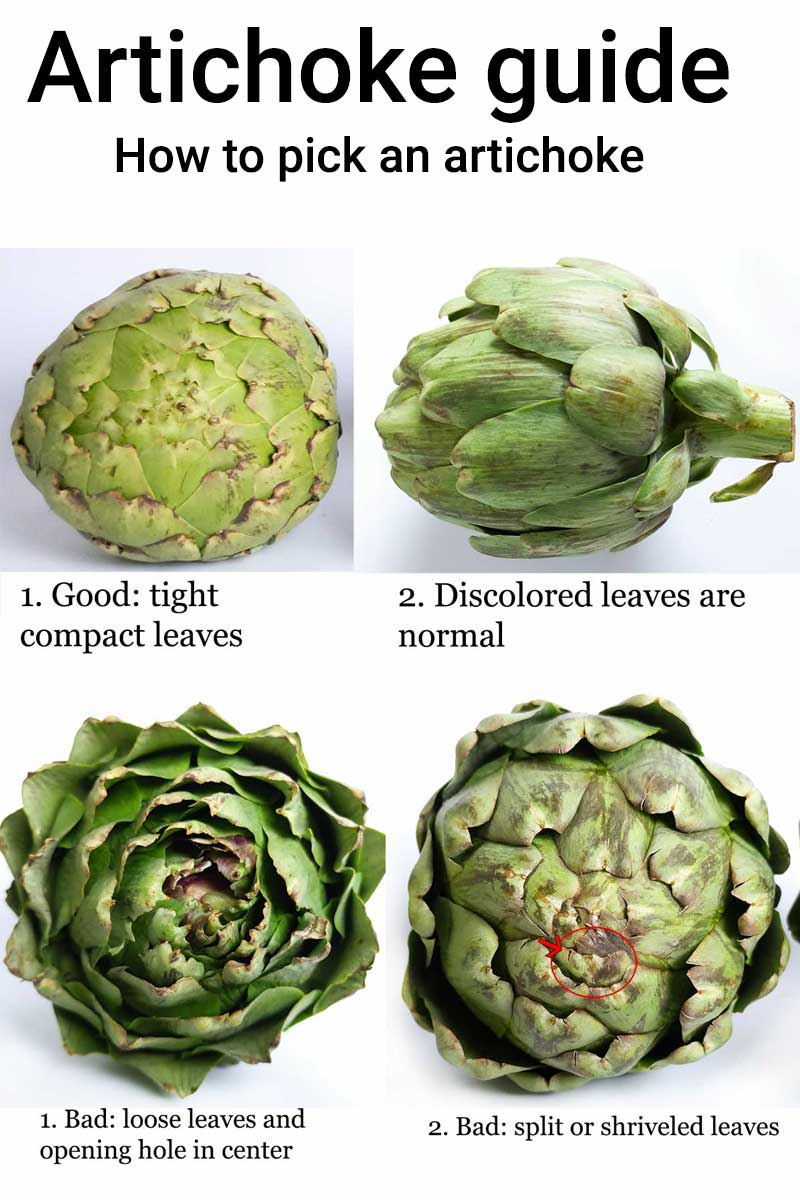
Sweet onions
Sweet onions aren't actually sweet, instead they have less 'bite.' The chemical that gives onions their traditional harsh (but delicious) onion flavor is much lower in sweet onions.
This makes them ideal for using in recipes where you don't want onions to overpower the dish. For example, sometimes a milder onion flavor is better for salads, dressings, dips, or even traditional things like onion rings or french onion soup.
While most onions are available in good quality all year, sweet onions do have a season. They are available from April until September.
Recipes for vegetables
Enjoy these spring vegetables with some seasonal recipe collections.
Produce guides for April
Check out any of the produce guides for April to get more detailed information for each fruit and vegetable in season this month. Each guide includes the seasonality, tips for picking and storing them so they last longer, and of course, recipes!
If you have any questions, leave a comment so I can get you an answer.

